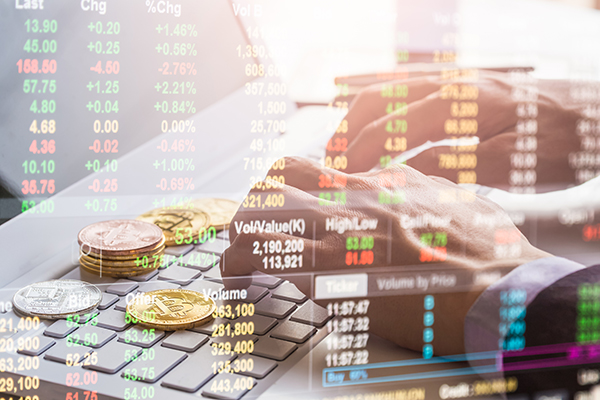
Are we heading towards a new “dotcom bubble” that will make tech investments a risky business? The surge of investments in technology-based companies in the 1990s enabled equity markets to grow exponentially. As noted by Investopedia, the commercialization of the internet led to the greatest expansion of capital growth the country had ever seen. Between 1995 and 2000, the technology-dominated NASDAQ index rose from less than 1,000 to more than 5,000.
Fueled by hyped investments, cheap money, easy capital, market overconfidence, and pure speculation, the dotcom bubble burst in the early 2000s. Due to panic sells of big investors the stock market lost 10 percent of its value within a few weeks. Overvalued Dotcom companies that had reached market capitalization in the hundreds of millions of dollars went to zero when investors suddenly figured out that web businesses with little or no revenue were fundamentally worthless.
Many tech companies took advantage of the excitement around new technologies like the Internet. While these companies promised to change the world, all they did was cash in the money. Though it isn’t as bad as back in the late 1990s and early 2000s, the tech hype continues to grow, giving rise to people who don’t have the best intention to use your money to create something good and useful for our community. Be careful with the decisions and investments you make.
For more information about the “Dotcom Bubble 2.0,” watch this new video by Mike Adams, The Health Ranger, CWC Labs Science Director, and founder of Natural News.
https://youtu.be/FveAdg_wtSI
Here are five overvalued tech companies that may lead us to the next dotcom bubble crash
1. Netflix
Though Netflix has 99 million users, the business is on pace to post a record loss this year. In fact, the company hasn’t seen a positive free cash flow since 2011, even though stock prices are going up.
2. Twitter
Mid 2015, Twitter saw its share collapse. Ever since the company has been struggling to keep its head above water. In 2017 alone, its share value depleted by eight percent, noted Profit Confidential. With its stock plummeting further down and newer and flashier social media companies taking over the scene, CEO Jack Dorsey recently put $7.0 million of his own money into Twitter stock.
3. SNAP
On the first day it was publicly traded, SNAP stocks gained over 40 percent. Since that day the company has seen its revenue drop by 11 percent, which demonstrates that investors were buying based on hype, not the product, noted Profit Confidential.
There are a few reasons why experts believe SNAP stocks are overvalued. For starters, the technology is not proprietary and can easily be replicated. The Instagram stories feature, similar to SNAP, is already used by more than 200 million people compared to 165 million using SNAP, reported Seeking Alpha. With the competition being too strong and the company not make nearly enough money, it may be on the brink of a collapse.
4. Google
Though Google still dominates digital advertising, according to one Wall Street analyst its unchallenged reign might be coming to an end, reported CNBC. Speaking to CNBC, James Dix, a security analyst at Wedbush Securities, explained that products like Amazon Alexa and digital payments like Apple Pay are likely to disrupt the advertising industry and provide new methods for consumers to spend their money, which will possibly impact Google's hallmark advertising business.
5. Facebook
According to News Max, Facebook isn’t just a sinkhole of lost productivity and low-grade self-indulgent entertainment, it is also a colossal valuation hoax. In the past several years, Facebook has generated huge amounts of revenue from advertising. Experts, however, believe we are at a plateau. They do not expect the digital advertising share to gain more than a point or so per year going forward.
For more information about the upcoming stock market crash, visit MarketCrash.news.
Sources:
Please contact us for more information.























